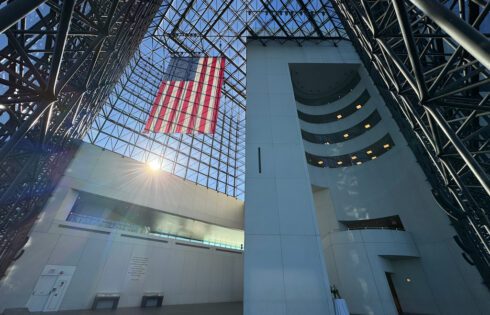
JFK Presidential Library and Museum Review
As someone deeply passionate about museums and a devoted admirer of President Kennedy, my anticipation reached its peak when I finally had the opportunity to explore the John F. Kennedy

As someone deeply passionate about museums and a devoted admirer of President Kennedy, my anticipation reached its peak when I finally had the opportunity to explore the John F. Kennedy
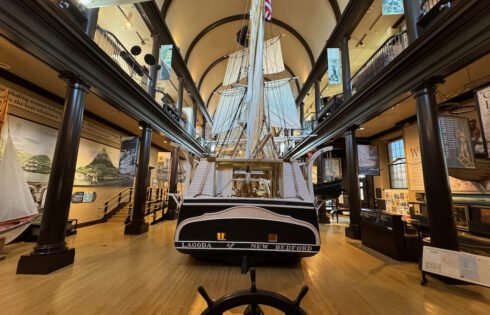
After my jaunt to Nantucket, where I soaked up some primo whaling history, I’ve been riding this wave of maritime nostalgia through the annals of New England. It’s a real
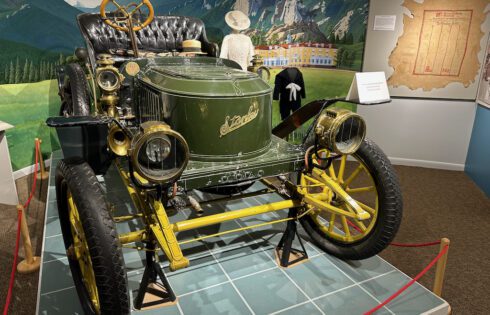
Estes Park is not only a picturesque city, but it also boasts a captivating history and the Estes Park Museum offers an immersive experience where you can delve into the
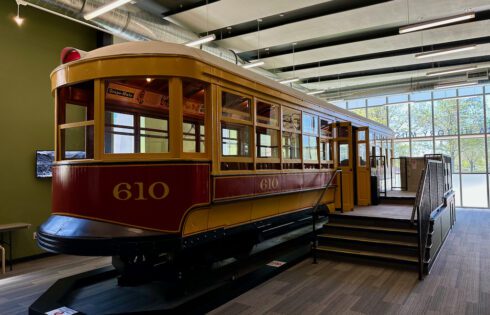
Denver and its surrounding cities are home to many museums worth exploring. One museum that you may want to consider visiting is the Aurora History Museum. It is a compact
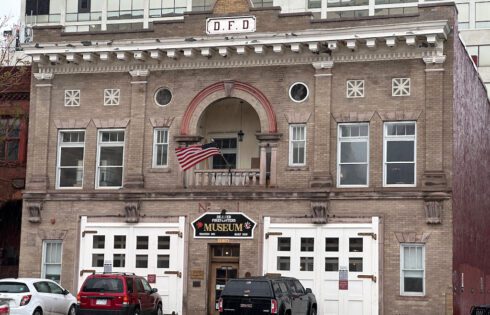
The Denver Firefighters Museum brilliantly showcases the heritage of Denver’s firefighting legacy. From vintage fire trucks that once roared through the city’s streets to the historic living quarters, this museum

If you’re ever in the Tucson area and looking for something completely unique, fascinating, and eye-opening to do then look no further than the Titan Missile Museum in Green Valley,
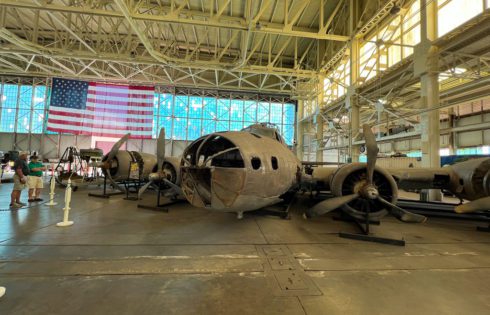
When Pearl Harbor was attacked almost all of the damage came from the air and perhaps the best place to get a sense of what those enemy attackers looked like
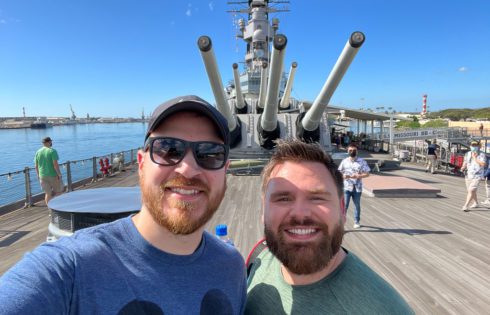
Pearl Harbor in Hawaii is full of interesting and historical sites to see and one of those sites is the USS Missouri aka the Mighty Mo. It’s one of the

The Pacific Fleet Submarine Museum is one of the main attractions at Pearl Harbor in Hawaii that will give you insight into the role that the “silent service” of submarines
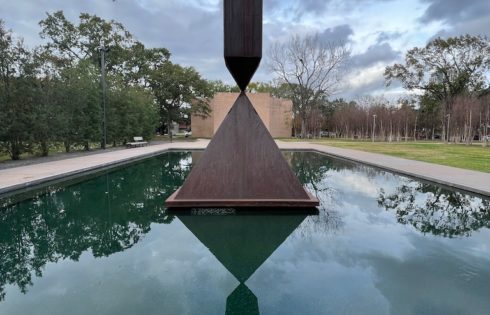
Unbeknownst to many, Houston has a great museum and art scene. You could easily spend a couple of days checking out marquee museums like the Houston Museum of Natural Science,
| Cookie | Duration | Description |
|---|---|---|
| cookielawinfo-checkbox-analytics | 11 months | This cookie is set by GDPR Cookie Consent plugin. The cookie is used to store the user consent for the cookies in the category "Analytics". |
| cookielawinfo-checkbox-functional | 11 months | The cookie is set by GDPR cookie consent to record the user consent for the cookies in the category "Functional". |
| cookielawinfo-checkbox-necessary | 11 months | This cookie is set by GDPR Cookie Consent plugin. The cookies is used to store the user consent for the cookies in the category "Necessary". |
| cookielawinfo-checkbox-others | 11 months | This cookie is set by GDPR Cookie Consent plugin. The cookie is used to store the user consent for the cookies in the category "Other. |
| cookielawinfo-checkbox-performance | 11 months | This cookie is set by GDPR Cookie Consent plugin. The cookie is used to store the user consent for the cookies in the category "Performance". |
| viewed_cookie_policy | 11 months | The cookie is set by the GDPR Cookie Consent plugin and is used to store whether or not user has consented to the use of cookies. It does not store any personal data. |
